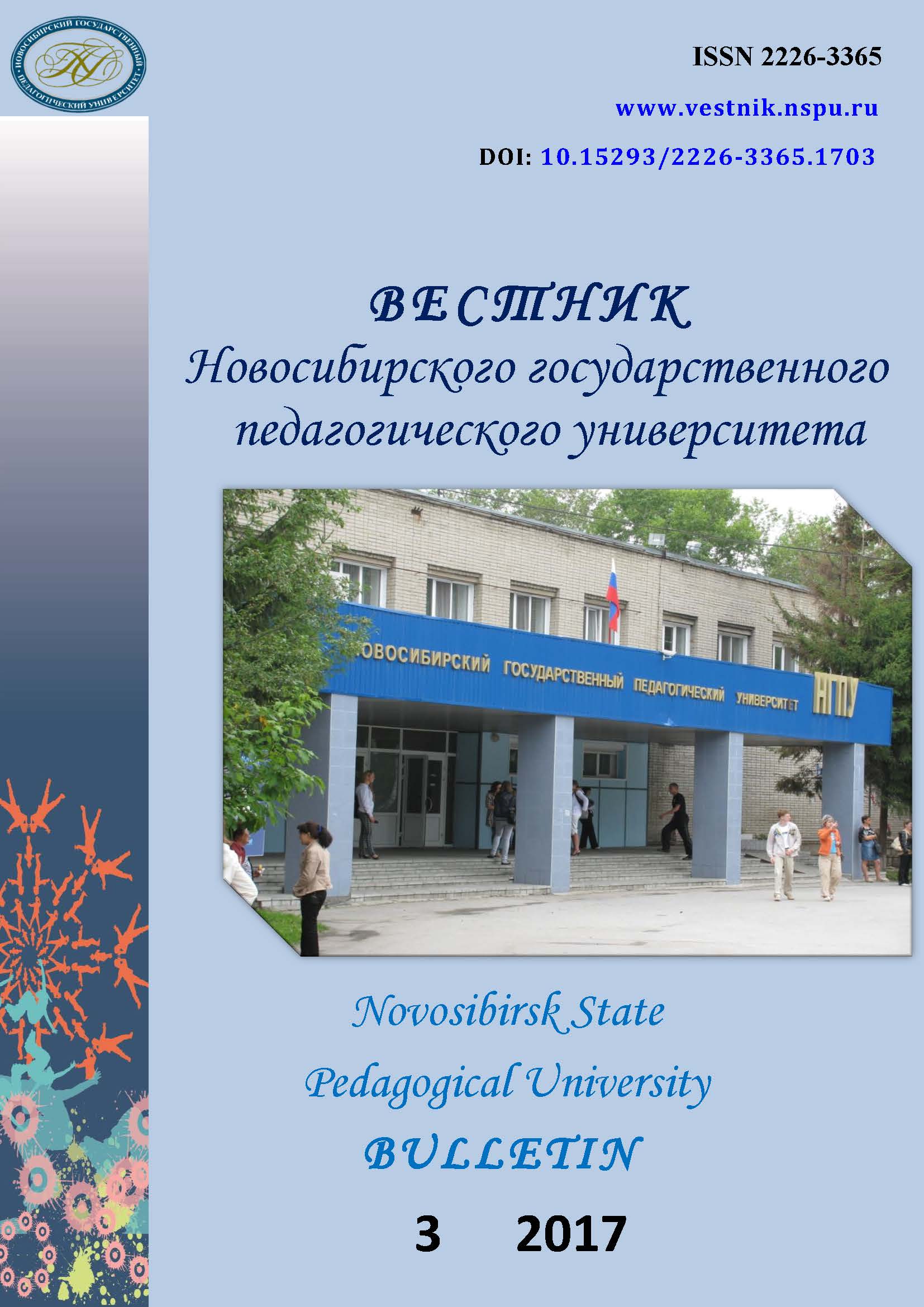Сравнительная оценка физического здоровья казахских и русских студентов первого курса вузов
Comparative physical health evaluation of Kazakh and Russian first year undergraduate students
Author(s): Saule Muhametkalievna Bazarbaeva, Aigul Salimzhanovna Dinmukhamedova, Aleksey Vladimirovich Lebedev, Roman Idelevich AizmanSubject(s): Health and medicine and law, Sports Studies
Published by: Новосибирский государственный педагогический университет
Keywords: Morphological features; Functional features; Physical development; Cardiorespiratory system; Adaptation; Students; Health; Ethno-national features; Gender differences
Summary/Abstract: Introduction. The study of ethnonational features of organism morphological and functional development in the process of adaptation to social and environmental conditions is one of the rapidly developing areas of ecological physiology. In this aspect, the goal of this paper is to assess physical health and morphological and functional parameters of Kazakh first-year students of North Kazakhstan State University named after M. Kozybaev (NKSU) and compare the results with similar data of Russian peers - students of Novosibirsk State Pedagogical University (NSPU), living in a similar climatic and geographical area. Materials and Methods. 200 17-18-year-old first-year students of both sexes, studying in different faculties of NKSU (100 females and 100 males) and 1,000 students of NSPU (833 females and 167males) were involved in this study. The standard conventional methods of identifying morphological and functional parameters were used. The obtained data were processed by methods of variation and difference statistics. Results. It was shown that the parameters of physical development (height, weight, chest circumference, indexes Ketle, Pin’e and rises) of first-year students were within the age, sex, and regional standards, but the comparative assessment of physical health of the Kazakh and Russian first-year students showed significant differences in some anthropometric and physio-logical parameters. For example, Kazakh students of both sexes have lower height, but young males have higher body weight. Kazakh students have higher functional parameters such as carpal index, double product, effectiveness of blood circulation index, but lower vital lung vol-ume and life index, which indicated the well-muscled, large functional ability of the heart, but weak capabilities of the respiratory system as compared to Russian peers. Conclusions. The findings allow to conclude that a higher percentage of Kazakh first-year students have the level of physical health at the average and higher-average levels, while Rus-sian counterparts demonstrate the average and below-average levels of health. The findings have revealed the need to continue studying the influence of ethno-national and environmental factors on students’ health, as well as medical-pedagogical correction of educational process.
Journal: Вестник Новосибирского государственного педагогического университета
- Issue Year: 7/2017
- Issue No: 3
- Page Range: 241-252
- Page Count: 12
- Language: Russian

